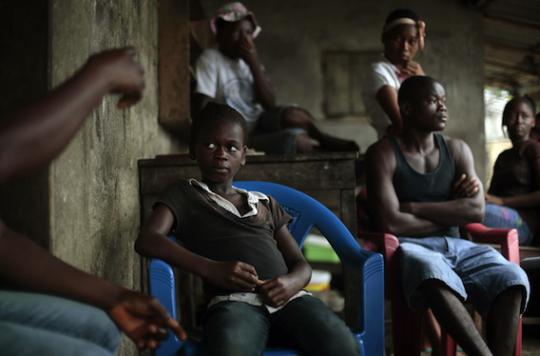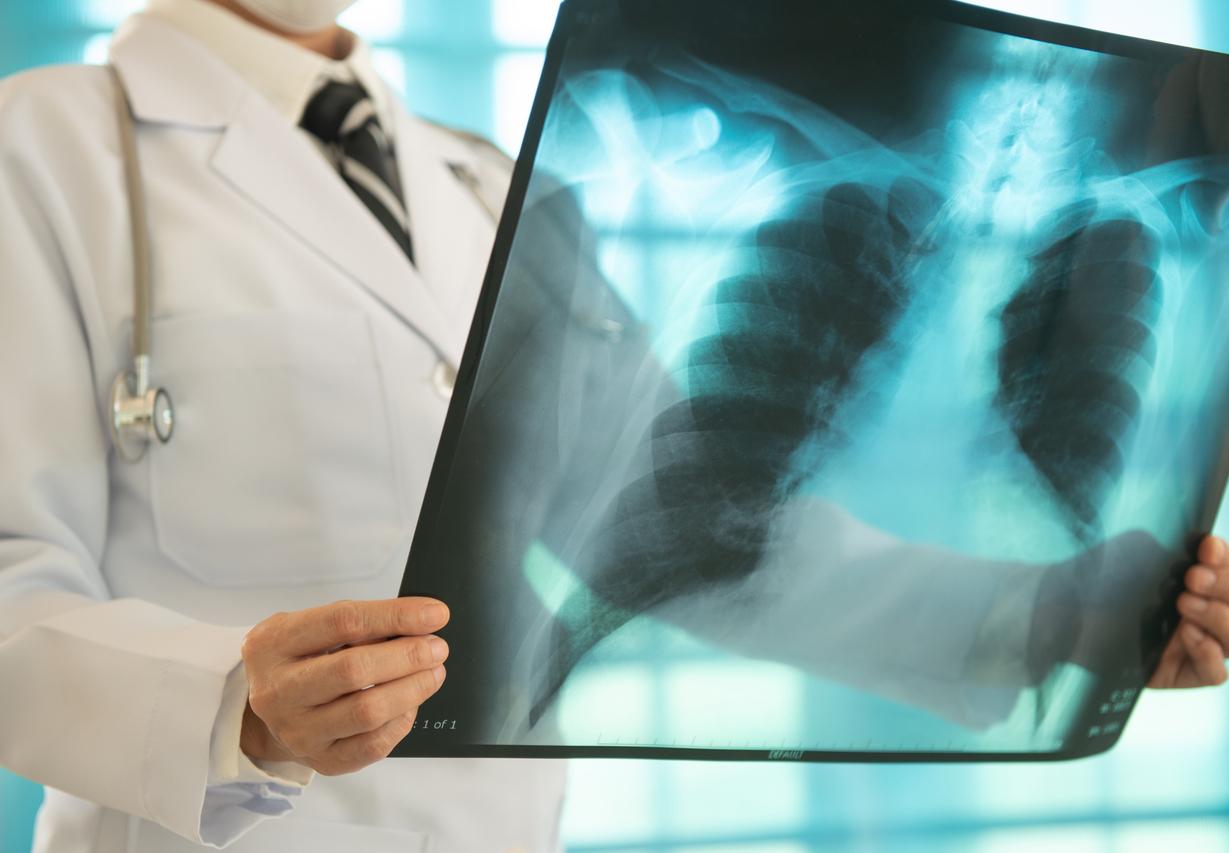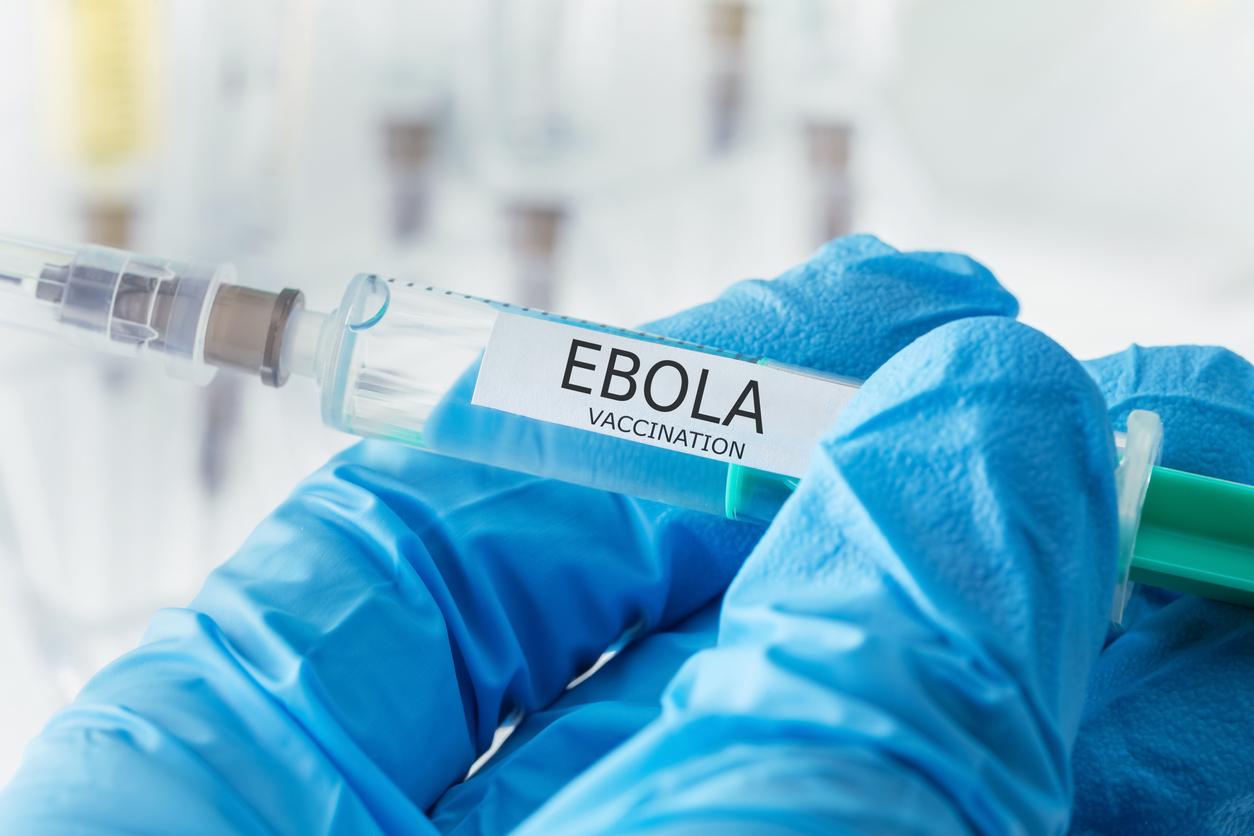
For 2 years, West Africa has been hit by an Ebola epidemic that no one had predicted would wreak so much havoc. While since the discovery of the virus in 1976, research had stalled, in a few months dozens of laboratories around the world had to launch tests. Urgent work that has forced scientists to change their working habits.
Ten months after battling the Ebola virus, Scottish nurse Pauline Cafferkey suffered a relapse. The virus reactivated and caused meningitis last October. Isolated for several weeks at the Royal Free Hospital in London, she was saved a second time.
The 39-year-old nurse is not the only one in whom the virus has awakened. Two months after his recovery, Dr Ian Crozier, who also went to Sierra Leone in 2014, suffers from eye problems. The tests will reveal that the virus had found refuge in his eye.
But are these survivors caught up by Ebola isolated cases? For Dr Bertrand Draguez, medical director of Médecins Sans Frontières (MSF), the resurgence of Ebola among survivors seems rare. “Without doubt there are genetic specificities,” he explains.
An opinion that does not share Professor Eric Delaporte, director of the international joint unit “Translational research on HIV and infectious diseases”. “These two Western cases were detected thanks to the healthcare system in industrialized countries. In West Africa, we necessarily miss these cases because the disease does not stop when leaving the treatment center (CTE), ”he said.
Abandoned survivors
At the height of the epidemic, a little over a year ago, the doctor was there. “I noticed that when they left the CTEs, the survivors were on their own. They were given a compassionate kit consisting of a little money and a packet of rice and they were not followed up afterwards, ”he says.
Eric Delaporte, Director of the Joint International Unit “Translational research on HIV and infectious diseases”: “At the very beginning, there were not even blood tests carried out for these patients, they left treatment centers with anemia and renal insufficiency. “
The need to establish a continuum of both medical and social care is obvious. In collaboration with universities and hospitals in Guinea, France is launching the research program ” [Re]living after Ebola in Guinea ”based on the long-term follow-up of the PostEboGui cohort. Professor Eric Delaporte is responsible for it.
This is the first time that such a study has been carried out. In fact, never have so many patients survived the virus. They are the key to better understanding its evolution in the body.
Unexpected conclusions
Thus, upon leaving the CTE, one month later and then every 3 months, psychological and sociological interviews are carried out in order to describe the psychosocial consequences of Ebola. Blood and fluid samples (urine, saliva, stools, milk, vaginal fluids or semen) are also taken to detect the presence of the virus.
“And we came across something totally unexpected: Ebola survivors remain carriers of the virus and can infect others through sexual contact,” comments Prof. Jean-François Delfraissy, interministerial coordinator for the fight against Ebola. It was completely unknown until today. “
Indeed, we now know that the Ebola virus can remain in semen 9 months after recovery. A risk of real contamination since the few recent cases in Liberia are of sexual origin. “This does not mean that the epidemic will flare up in this form. On the other hand, it can be the spark which will generate the first case and lead to the emergence of a new epidemic focus ”, warns Professor Eric Delaporte.
Jean-François Delfraissy, Interministerial coordinator of the fight against Ebola: “It’s a really exciting new paradigm at the research level. For us Ebola, it was one shot. Well not at all, there is a chronic Ebola disease that can set in. “
Since March 2015, nearly 500 patients have participated in this study. Researchers hope to be able to enroll more than 700 people, or nearly half of Guinean survivors declared to have recovered from Ebola.
Of these survivors, 20% are under 18, a large proportion of which are very young children. Like adults, they present articular manifestations, uveitis. But what about their development and growth? For these Ebola survivors, the consequences of the disease are a mystery.
Read the rest of our survey:
Ebola: science at the bedside
Ebola: when the old molecules come out of the closet
.













